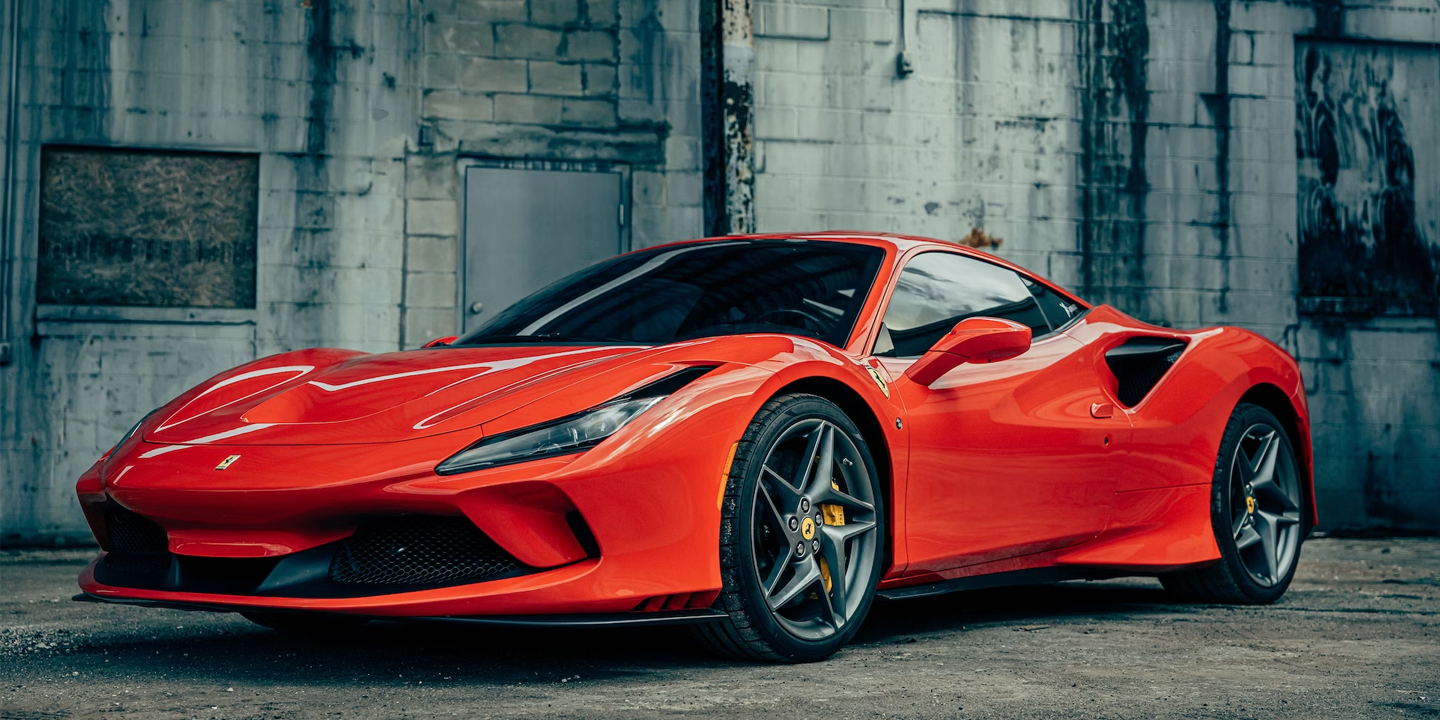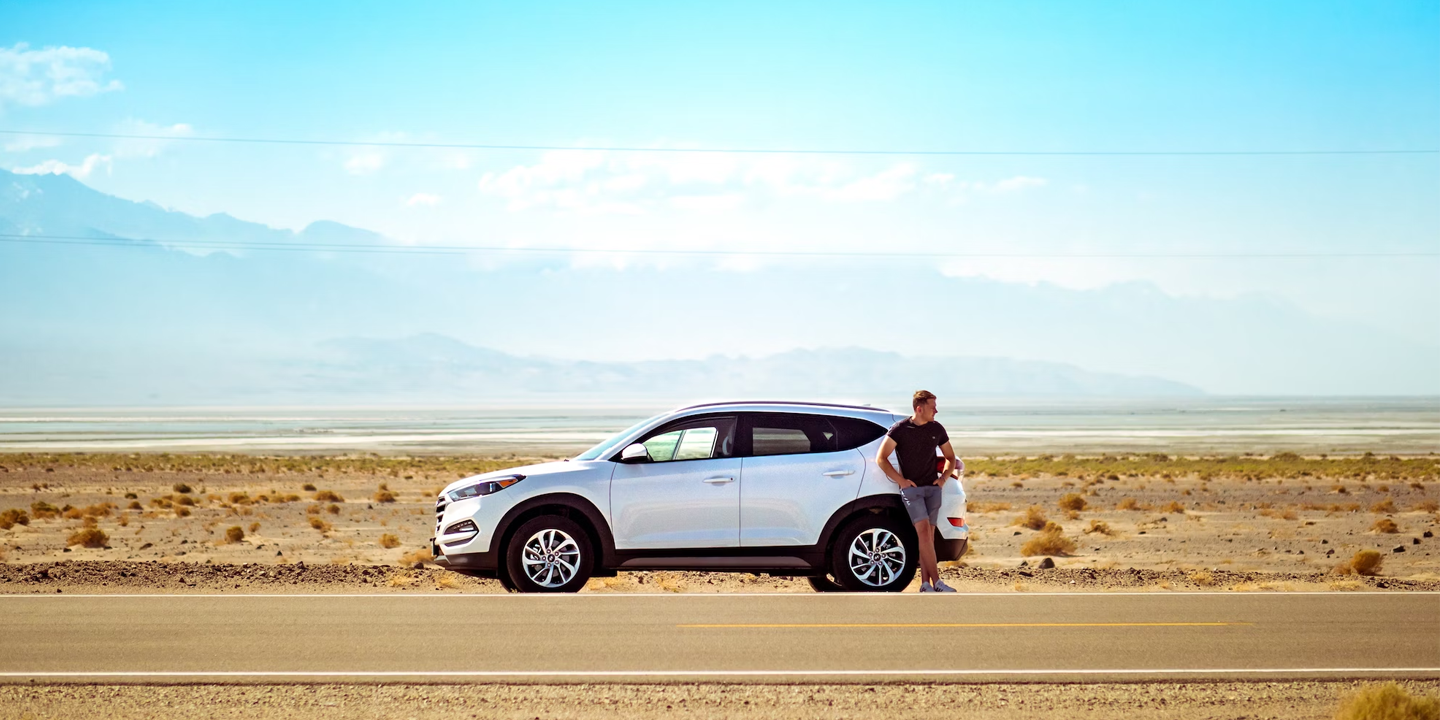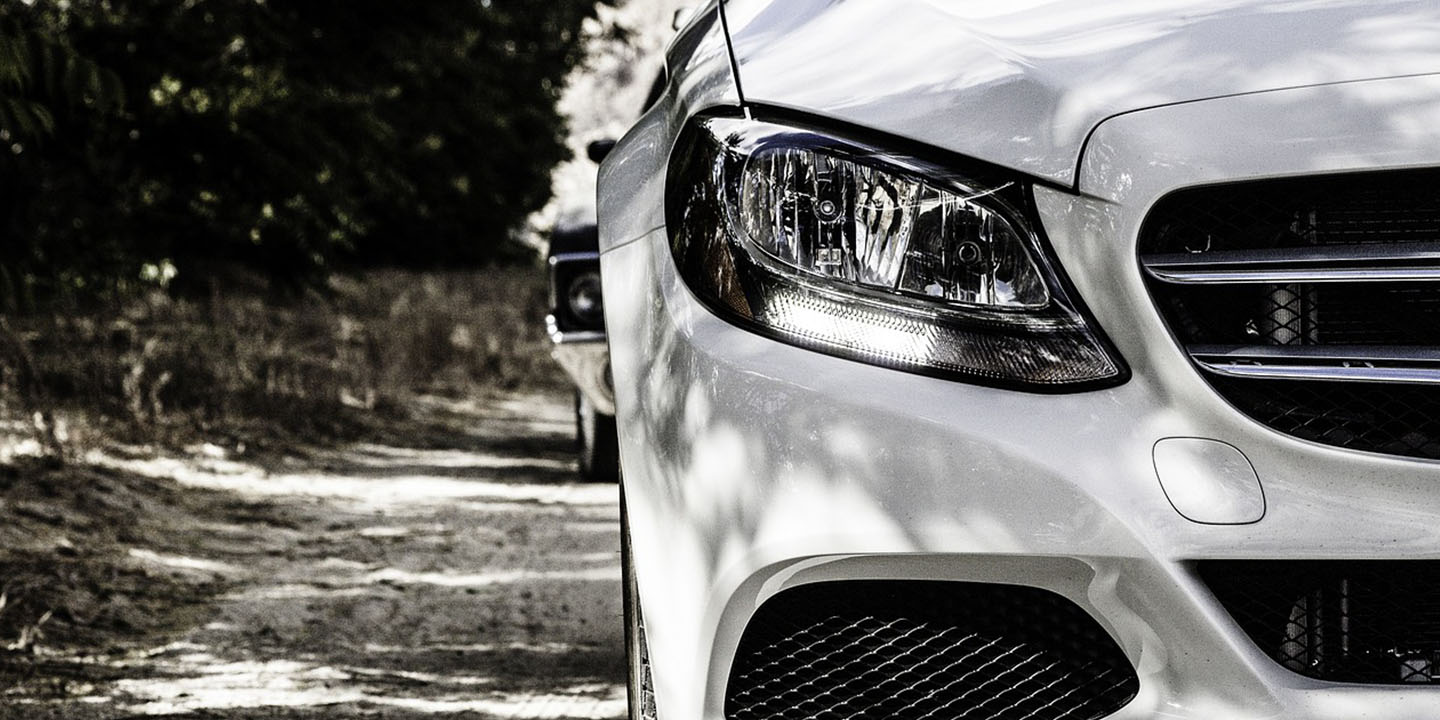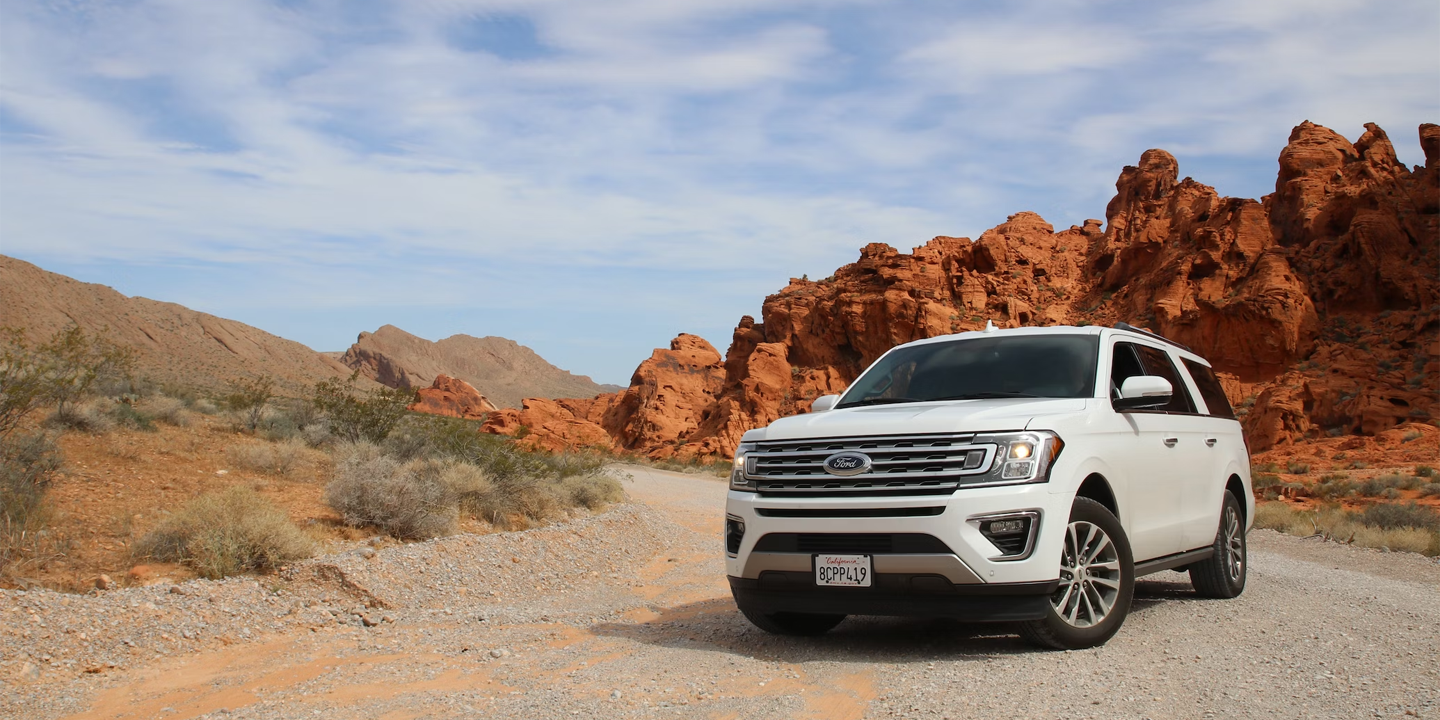Once Upon A Car
While many car brands are known for a plethora of iconic vehicles these days, it's important to remember that the beauty of it all began with just one machine. Maybe it was odd, bold, or completely different from what's expected of the company now, but these first cars were incredibly meaningful. Today, let's highlight the first car ever built and sold by 20 automotive giants.
1. Mercedes-Benz: Benz Patent-Motorwagen (1886)
This three-wheeled pioneer ran on a single-cylinder 0.95-horsepower engine with a displacement of 954cc. Designed by Karl Benz, it reached 10 mph and seated two. More than invention, it was independence on wheels, a gasoline spark that ignited a century of forward motion.
2. Toyota: AA Sedan (1936)
Powered by a 3.4L straight-six engine producing 62 hp, the AA Sedan featured a 3-speed manual transmission. It also had a steel body on a ladder frame. This ride, which seated five, offered rear-wheel drive, forging Japan’s new industrial ambition.
 mari from tokyo, japan on Wikimedia
mari from tokyo, japan on Wikimedia
3. Honda: T360 (1963)
Beneath its compact hood, the T360 concealed a 356cc DOHC inline-four engine that revved to 9,000 rpm and produced 30 hp. With two seats, a mid-engine layout, and rear-wheel drive, it hauled about 772 pounds. This is a small truck with a big heart, all Honda engineering through and through.
4. BMW: R32 Motorcycle (1923)
The R32 introduced BMW’s signature air-cooled 494cc flat-twin boxer engine, producing 8.5 hp. It reached 60 km/h and used a shaft-drive system. The R32 weighed approximately 268 pounds. This here was BMW’s drivetrain architecture—solid and mechanically precise—for decades to follow.
5. Ford: Model A (1903)
The original Model A had a 1668cc flat-twin producing eight hp, mounted midship under the floor. It held two passengers and sold for $850. That humble wooden chassis carried not just people but Ford’s very first step toward mobility for all.
 Arvind Govindaraj from San Diego, USA on Wikimedia
Arvind Govindaraj from San Diego, USA on Wikimedia
6. Chevrolet: Series C Classic Six (1912)
Equipped with a 4.9L inline-six delivering 40 hp, the Classic Six was Chevrolet’s first model. Priced at $2,150, it targeted premium buyers rather than volume-seeking competition. The ride seated five, had electric lights, a cone clutch, and could cruise at 65 mph.
7. Volkswagen: Beetle (Type 1) (1938)
It’s rear-engined, air-cooled, and 985cc of German charm that can pump out 25 hp! The Beetle seats four, runs 60 mph, and weighed just 1433 pounds. Affordable and unmistakable, this bug was a people-mover that multiplied faster than rabbits on wheels.
8. Porsche: 356 (1948)
The Porsche 356 featured a 1.1L flat-four making 40 hp. Weighing under 1763 pounds, it offered a low center of gravity and razor-sharp handling. Seating two (or four, barely), it launched Porsche’s legacy of agile, lightweight sports cars. Purpose met precision beautifully.
9. Ferrari: 125 S (1947)
Ferrari’s first sold vehicle sold came with a 1.5L V12 producing 118 hp and a top speed near 130 km/h. With just two seats, a steel tube frame, and Enzo’s ambition baked in, the 125 S was no prototype—it was a prophecy in motion.
10. Lamborghini: 350 GT (1964)
This front-engine grand tourer was powered by a 3.5L V12 engine producing 280 hp, paired with a 5-speed gearbox. Its sleek body, independent suspension, and leather-clad cabin seated two in style. The 350 GT proved Lamborghini could match elegance with engineering, and it did, stunningly.
 Herranderssvensson on Wikimedia
Herranderssvensson on Wikimedia
11. Hyundai: Pony (1975)
Hyundai’s Pony featured a 1.2L Mitsubishi-sourced inline-four producing 55 hp. Built on a rear-wheel-drive chassis, it seated five and offered a top speed near 140 km/h. Designed by Italdesign, this practical hatchback marked South Korea’s first mass-produced passenger car—efficient, export-ready, and foundational.
 Free Photo Fun, cropped and plate blanked by uploader Mr.choppers on Wikimedia
Free Photo Fun, cropped and plate blanked by uploader Mr.choppers on Wikimedia
12. Subaru: 360 (1958)
This lightweight kei car featured a 356cc two-stroke engine and room for four. Nicknamed the “ladybug,” it prioritized affordability, efficiency, and urban mobility. It remained in production for over a decade, laying the foundation for Subaru’s innovation in small cars.
13. Kia: 1 (1974)
The Brisa is built under license from Mazda and comes with a 1.0L four-cylinder engine offering 62 hp, with a top speed of 130 km/h. A four-door compact sedan, it comfortably seated five. Affordable and simple, it laid the groundwork for Kia’s long-term push into passenger vehicles.
14. Peugeot: Type 3 (1891)
This Peugeot came fitted with a Daimler V-twin engine displacing 565cc, and it only produced two hp. Four people could ride in this vehicle, which used chain-drive propulsion. As the first petrol-powered car sold in France, it marked the industrialization of personal mobility in Europe.
15. Nissan: DAT-GO (1914)
The DAT-GO ran on a 10-horsepower, 1.5L four-cylinder engine, seated two, and used chain-drive technology. Built during Japan’s industrial infancy, it laid the DNA for Datsun and later Nissan. Small and brave, it whispered potential long before anyone shouted “global brand.”
16. Mazda: Mazda-Go (1931)
Mazda-Go was a three-wheeled truck that wasn’t flashy but essential. With a 500cc air-cooled single-cylinder engine, the Mazda-Go delivered payloads across war-torn streets and rice paddies alike. Its flatbed rear and single front wheel made it nimble. From tricycle truck to turbo RX-7—what a climb.
 Unknown authorUnknown author on Wikimedia
Unknown authorUnknown author on Wikimedia
17. Tesla: Roadster (2008)
Zero emissions? Check. 0–60 in under 4 seconds? Yes! The Tesla Roadster featured a 185 kW electric motor with a 244-mile range. Lotus-based and laptop-powered, it comfortably carried two thrill-seekers. Recharge your ride—and your worldview—with the car that shocked the old guard!
18. Ducati: Cucciolo (1946)
The Cucciolo, a 49cc motorized bicycle engine producing 1.5 hp, is mounted onto standard pedal bikes. It gave war-torn Italy affordable motion post-WWII. Lightweight and efficient, it could run 100 km on a liter. Ducati’s legacy of performance began with practicality strapped to a frame.
19. Rolls-Royce: 10 hp (1904)
Crafted with a 1.8L twin-cylinder engine delivering 10 hp, the Rolls-Royce 10 hp featured a honeycomb radiator, side-valve configuration, and exceptional build quality. The 10 hp carried two in brass-trimmed luxury. The name alone implied more—Rolls-Royce promised refinement and, even from day one, delivered it.
20. Suzuki: Power Free (1952)
Meet the Power Free, a 36cc motorized bicycle with dual-drive capability—pedal or engine. This engineering product delivered one horsepower and featured an innovative clutch system. Such a simple machine reflected Suzuki’s leap from looms to mobility, setting the stage for future motorcycles and compact cars.























